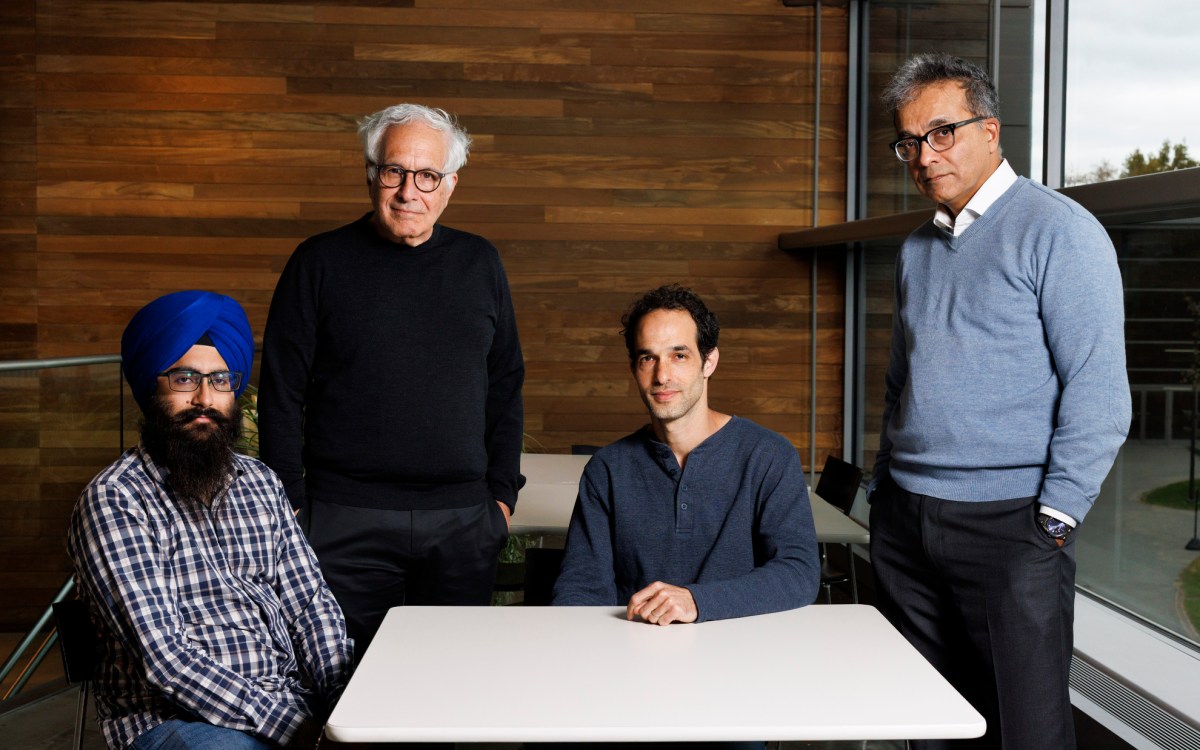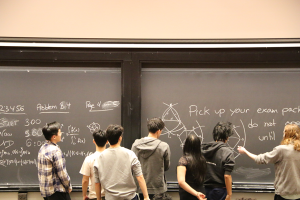Scientists find molecular pathway suspected in precancerous stomach lesions
Ramesh Shivdasani, M.D., Ph.D., of Dana-Farber, said the finding “opens a window that could help us eventually interfere with these pathways when they become abnormal. It should give us a list of potential therapeutic targets and could even help us to prevent the development of the precancerous lesions.”
Patients with the increasingly common disorder known as Gastroesophageal Reflux Disease are at risk of developing precancerous lesions in the upper end of the stomach or the adjoining lower end of the esophagus. These lesions require intense frequent monitoring by endoscopy and sometimes require prophylactic surgery to decrease the threat of this dangerous form of cancer.
Shivdasani’s laboratory studies the “rules” according to which body tissues develop their distinctive form and function at the beginning of life, because they may be reactivated abnormally when cancer arises later.
In experiments in mice and with cultured mouse stomach and intestinal tissue, the scientists demonstrated that the signals that drive the differentiation of stomach lining are sent by a layer of cells that lie directly beneath the intestinal lining. The key player in the signaling pathway, they found, is a protein called Barx1 that governs the expression of certain genes.
“Barx1 gives us a handle on what elements of the pathway might allow the stomach to differentiate abnormally into intestine as a result of injury to the stomach lining, setting the stage for cancer,” Shivdasani says.





